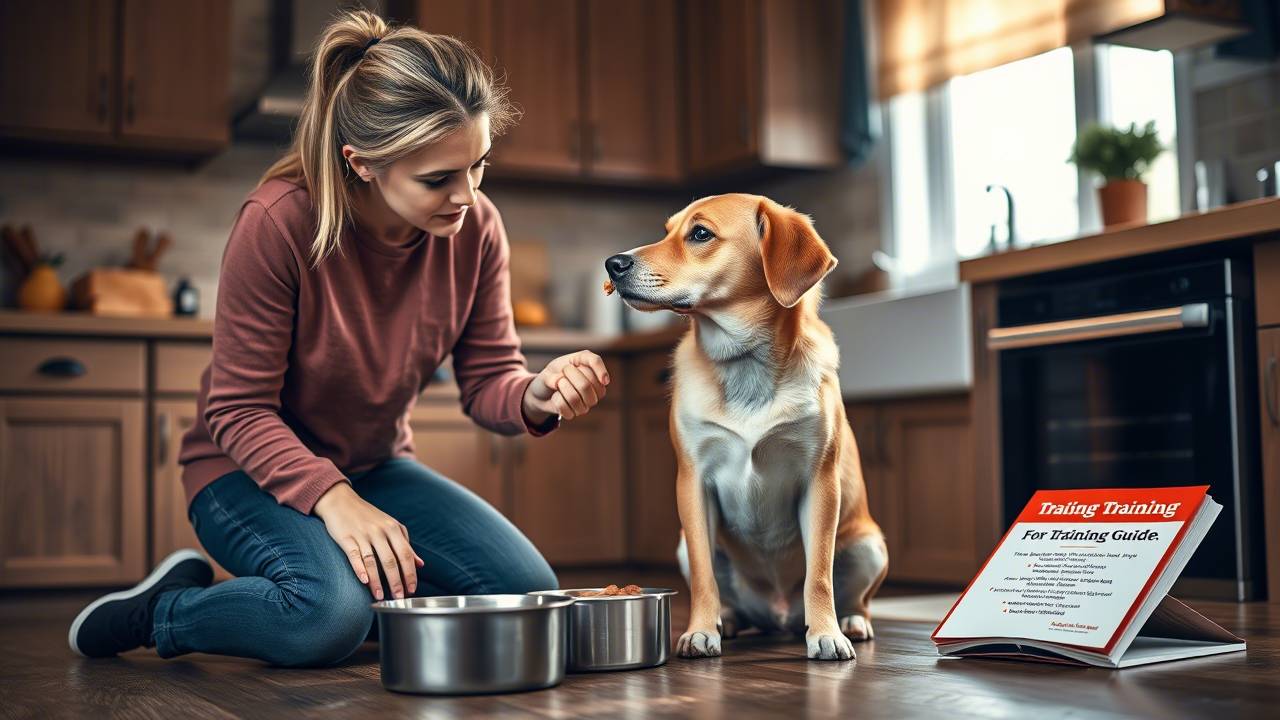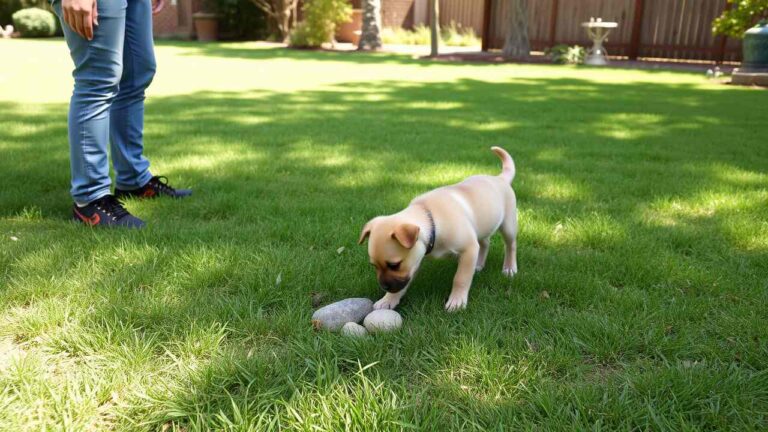How to Train a Rescue Dog with Food Aggression: Safe and Effective Methods
When adopting a rescue dog, you’re giving a second chance to an animal that may have faced trauma, neglect, or inconsistent care. One of the most common behavioral challenges in rescue dogs is food aggression. Knowing how to train a rescue dog with food aggression is essential not just for your safety but also for the dog’s long-term emotional stability and integration into a home environment.
Food aggression often stems from past survival instincts. Many rescue dogs have experienced hunger, fought over meals, or lived in environments where food was scarce or unpredictable. The behavior may look threatening—growling, snapping, guarding the bowl—but at its root, it’s fear-based. Your dog isn’t trying to dominate; it’s trying to protect what it believes is a limited resource. Training away this behavior requires a blend of patience, confidence, and structure.
How to Train a Rescue Dog with Food Aggression Using Proven Methods
Before correcting behavior, you must identify the circumstances under which the aggression appears. Is it only during mealtime? Does the dog guard treats or chews? Does the behavior emerge when a human approaches or only when other animals are present? Understanding these patterns gives you a foundation to approach how to train a rescue dog with food aggression in a targeted way.
Watch your dog closely and document their responses to different feeding scenarios. A dog that stiffens, eats faster when approached, or shows raised hackles is giving you warning signs. Do not ignore these cues. They are the communication tools you’ll use to build safer feeding routines. Never punish the aggression directly. That creates more fear and escalates defensiveness.
Creating a Safe Feeding Space
The first step is establishing a calm, predictable feeding environment. Feed your dog in the same spot each time—away from foot traffic, other animals, and loud noises. Consistency reduces anxiety. If your dog feels the food is guaranteed and uninterrupted, the need to guard diminishes over time.
Start by letting the dog eat undisturbed. Observe without interacting. This period is not about correction—it’s about restoring trust and allowing the dog to feel secure. After several days or weeks, begin to slowly approach the bowl, stopping several feet away. Speak in a low, calm voice. Drop high-value treats near the bowl while your dog eats. This teaches your dog that human presence near food is positive, not threatening.
Building Trust Through Desensitization
Desensitization is one of the most effective strategies when exploring how to train a rescue dog with food aggression. This process involves gradually reducing the dog’s sensitivity to the presence of people or pets during feeding time. Start by feeding your dog by hand. Offer small amounts of food from your palm, then allow the dog to eat the rest from the bowl. This establishes you as the provider and reduces territoriality.
After hand-feeding becomes comfortable, transition to standing closer while the dog eats. Slowly shorten the distance day by day. If the dog shows signs of stress or defensiveness, pause the progression and return to the previous safe distance. Forcing advancement will erode trust.
Eventually, you can work toward petting the dog while it eats or even temporarily removing the bowl and returning it with additional food. The goal is not to dominate or control but to build confidence in your presence during meals.
Teaching Basic Obedience Around Food
Control over food begins with obedience training outside of feeding times. Commands like “sit,” “stay,” “leave it,” and “wait” become tools to regulate mealtime behavior. Practice these commands regularly with food rewards. They reinforce your authority and help the dog understand boundaries.
Once your dog consistently follows commands in non-stressful situations, incorporate them during meals. Ask your dog to “sit” before putting the bowl down. If it complies, reward it with the meal. If it lunges or behaves aggressively, remove the bowl calmly and wait until the dog relaxes before trying again. Never scold. Your goal is to link calm behavior with food delivery.
Over time, obedience shifts the dog’s focus from guarding to earning. That shift builds confidence, routine, and respect—all essential parts of how to train a rescue dog with food aggression effectively.
Managing Multi-Dog Households
If you have other dogs, feeding time becomes more complicated. Food aggression often intensifies in the presence of competition. Feed all dogs in separate areas—ideally different rooms with closed doors. Don’t reintroduce shared feeding spaces until the aggressive dog has undergone successful solo training.
Even then, observe carefully. Food aggression can resurface without warning. Always monitor group feedings. If tension appears, revert to separation. Protecting peace at mealtime protects your training progress.
Using Professional Help When Needed
In severe cases, food aggression can be dangerous. If your dog’s behavior includes lunging, biting, or escalating warnings, you need professional help. A certified canine behaviorist or positive-reinforcement trainer can assess your dog in person and create a structured behavior modification plan.
Do not attempt aggressive correction or punishment. Alpha-based dominance tactics often make food aggression worse. A trainer will help you reshape the dog’s mindset, not force submission. In many rescue dogs, trust must be earned slowly and carefully. Trying to rush the process will backfire.
Creating Long-Term Change Through Consistency
Training a rescue dog with food aggression isn’t a one-time fix—it’s a lifestyle change. Even after significant progress, some dogs may retain food sensitivities for life. Continue to monitor body language. Stick to feeding routines. Keep obedience fresh through practice.
It’s critical that everyone in the household follows the same rules. Mixed signals from different people will confuse the dog and delay progress. Create a plan and communicate it clearly to everyone involved with feeding or caring for the dog.
The time you invest in this process transforms more than mealtime. It reshapes the relationship between you and your dog, replacing fear with trust. You’ll not only eliminate aggression but also unlock your dog’s true temperament—calm, grateful, and loyal.
If you’re serious about changing your dog’s behavior, you must commit to consistent action. Learning how to train a rescue dog with food aggression takes effort, but the reward is a peaceful home and a dog who feels safe, seen, and supported.






